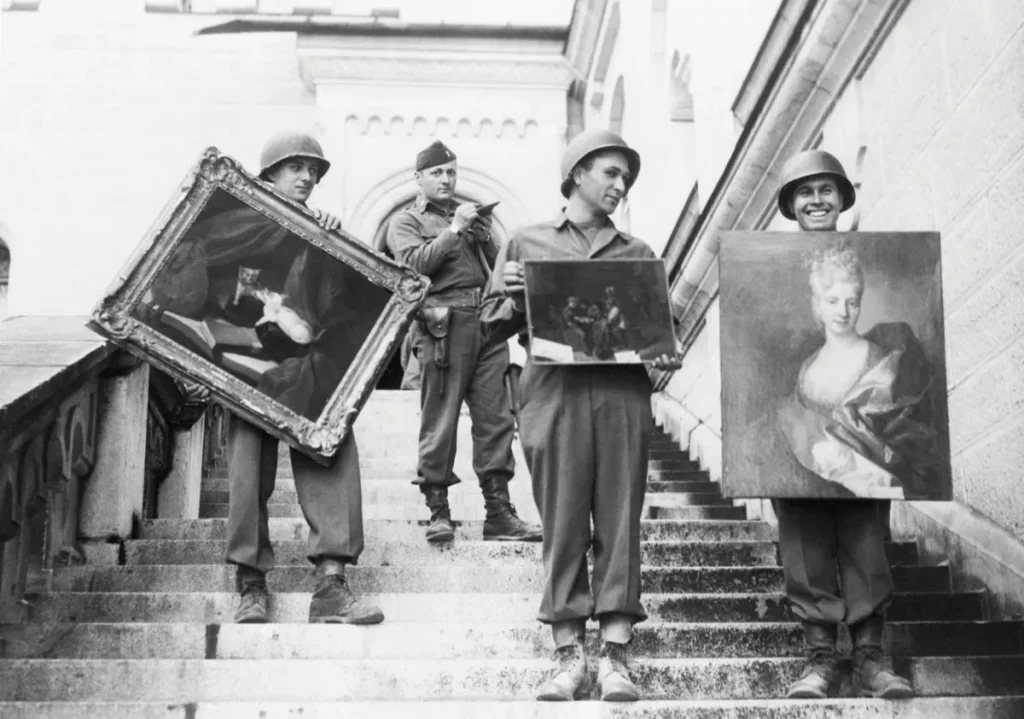Introduction
In recent years, the question of restitution of artworks looted during the Nazi era has gained significant attention worldwide. While France has not been immune to these discussions, it has made notable strides in addressing this complex and often contentious issue. The 2018 report by David Zivie, who leads France’s Mission for the Search and Restitution of Cultural Property Looted between 1933 and 1945 (M2RS), sheds light on the evolving landscape of art restitution in the country.
Zivie’s report highlights how institutions have been subject to scepticism from an increasingly curious public regarding their handling of Nazi-era restitution claims. However, it also underscores that institutions are making significant, concrete changes, both in their approach to restitution and their mindset.
A Promising Shift in Restitution Efforts
Zivie’s leadership has resulted in a surge of new restitutions, bringing the total number of returned artworks from France to about 200 since 1950. This progress represents a significant shift in attitude, as France, like other Western European countries, began addressing restitution seriously only in the late 1990s.
The Mattéoli Mission, launched in 1997, marked the beginning of France’s comprehensive approach to researching the plundering of Jews during World War II. This mission led to the creation of the Commission for the Compensation of Victims of Spoliation (CIVS) in 1999, which evaluates claims and is attached to the prime minister’s office. Subsequently, in 2013, a group of experts was established to search for heirs of unclaimed MNR (Musees Nationaux Recuperation) works, and in 2019, the M2RS was formed within the Ministry of Culture.
Restitution Challenges and Opportunities
Despite the positive changes, restitution efforts remain complex and challenging. Oliver Kaplan’s pursuit of artworks from the collection of Jewish businessman Georges Levy exemplifies the difficulties faced in recovering these lost works. The new French law has provided hope by broadening awareness of restitution, but the process can still be hindered by the need for hard evidence to prove legal title.
Museums have started hiring researchers dedicated to provenance issues, and the Louvre, in particular, has made significant efforts in this regard. Emmanuelle Polack, an art historian at the Louvre, coordinates the museum’s painstaking provenance research for acquisitions between 1933 and 1945, as well as unclaimed MNRs. This meticulous work has identified questionable dealers and helped identify plundered Jewish collections, demonstrating a growing commitment to transparency within French institutions.
Gray Areas and Legal Challenges
The case of the Dorville family illustrates a gray area in the new restitution law, as it does not explicitly define spoliation. This definition is left to the CIVS, which considers a sale as spoliation if it was motivated by the desire to escape anti-Semitic persecution, even if the price paid was market value.
Legal challenges and differing interpretations of the law have created some tensions between museums and claimants. However, the CIVS president, Michel Jeannoutot, maintains that forced sales should be considered for restitution, regardless of the price paid.
Promising Signs of Change
Despite the complexities and legal challenges, there is a sense of progress in addressing the restitution of Nazi-era looted art in France. Younger generations are pushing for more transparency in museums, and institutions are increasingly willing to engage with the issue of provenance.
While the past actions of beloved institutions like the Louvre may be open to constructive criticism, they are also indicative of the broader transformation in attitudes towards art restitution. France’s evolving approach to restitution reflects a commitment to justice and a recognition of the importance of addressing this dark chapter in history.
As the legal battles continue and debates over spoliation persist, France’s restitution efforts stand as a testament to the ongoing struggle to right historical wrongs and ensure that stolen art is returned to its rightful owners or their heirs.
Feature Image: Soldiers from the 7th U.S. Army carry three valuable paintings down the steps of Neuschwanstein Castle in Fussen, Germany, in 1945.PHOTO BETTMANN ARCHIVE VIA GETTY
Art Collective Attacks Controversial Kunsthaus Zurich Nazi-Linked Exhibition

Contributor





